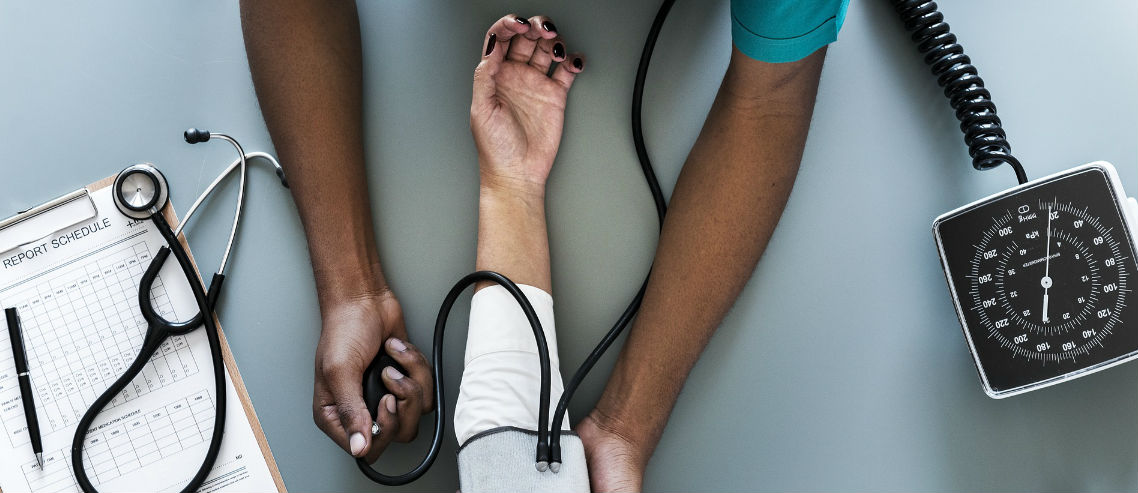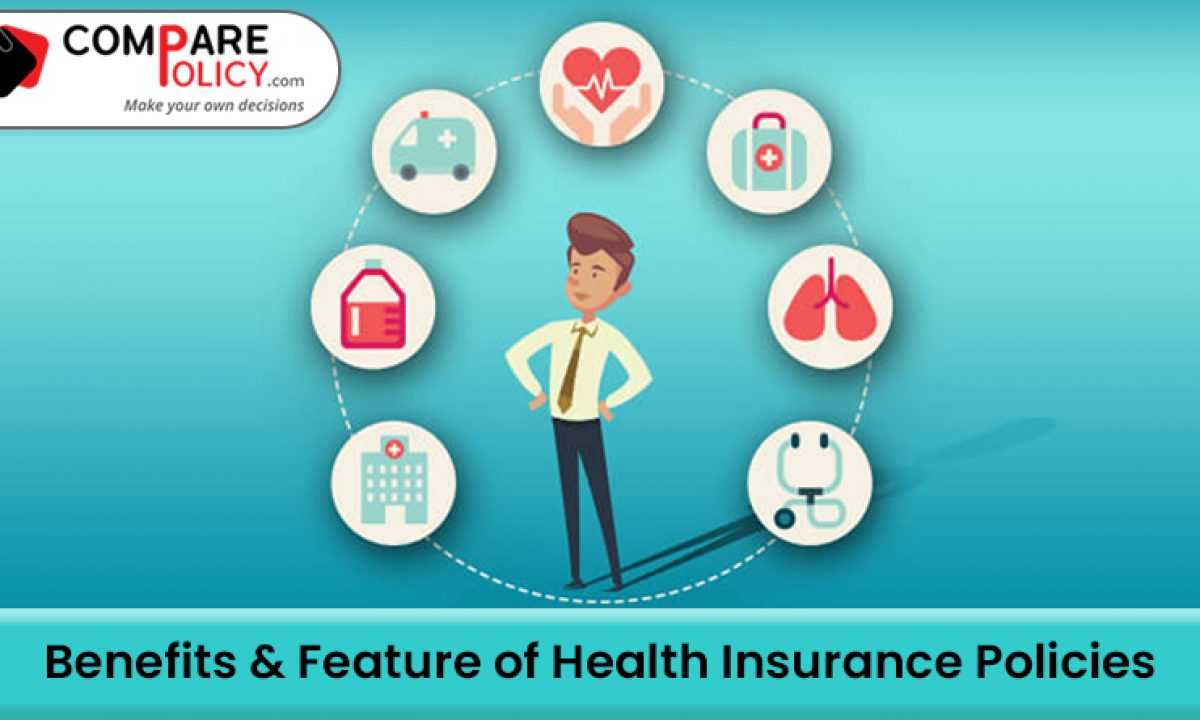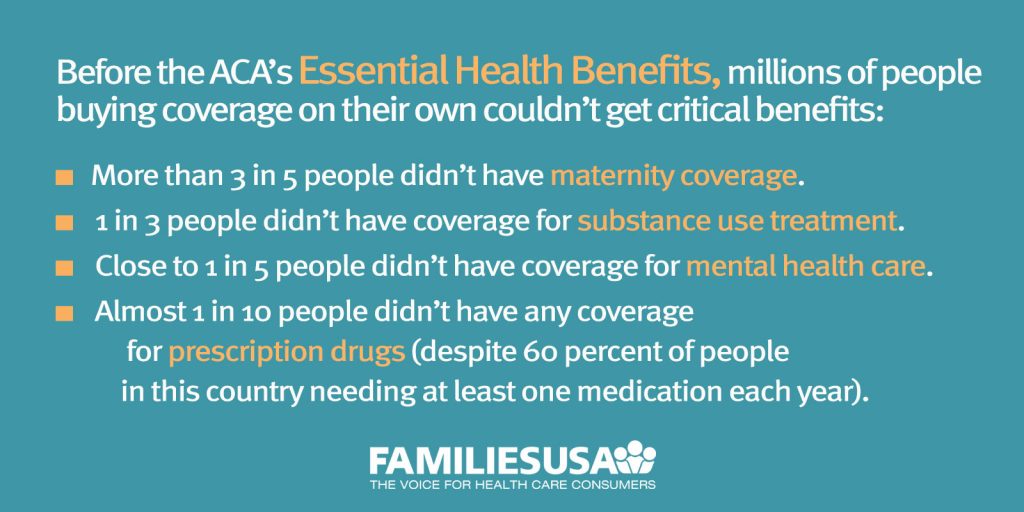The smart Trick of Medicare Advantage Agent That Nobody is Discussing
The smart Trick of Medicare Advantage Agent That Nobody is Discussing
Blog Article
The Buzz on Medicare Advantage Agent
Table of ContentsExcitement About Medicare Advantage AgentMedicare Advantage Agent Things To Know Before You Get ThisMore About Medicare Advantage Agent

follows from perplexing the relatively young age account of the uninsured with the better health and wellness, usually, of more youthful individuals. This obscures the link between wellness condition and medical insurance. For those without accessibility to work environment medical insurance, poor health is a possible obstacle to acquiring nongroup coverage since such coverage might be very priced, omit pre-existing problems, or be just unavailable. The number of without insurance Americans is not especially huge and has not transformed in recent times. Seven out of ten participants in a nationally depictive survey assumed that less Americans did not have wellness insurance coverage than actually do(Fronstin, 1998). About half(47 percent )thought that the variety of individuals without medical insurance lowered or continued to be continuous over the latter half of the last decade(Blendon et al., 1999). This drop of nearly 2 million in the variety of people 'without insurance (a decrease
of about 4 percent)is absolutely a favorable modification. With a softer economic climate in 2000 the most up to date reported gains in insurance coverage might not continue(Fronstin, 2001 ). The decline in the variety of without insurance will not continue if the economic situation remains sluggish and healthcare prices remain to surpass rising cost of living. This is since the data were gathered for a period of solid financial performance. Of the approximated 42 million people who were uninsured, just about about 420,000(concerning 1 percent)were under 65 years old, the age at which most Americans end up being qualified for Medicare; 32 million were adults in between ages 18 and 65, around 19 percent of all adults in this age group; and 10 million were kids under 18 years old, about 13.9 percent of all children (Mills, 2000). These estimates of the variety of persons without insurance are created from the yearly March Supplement to the Existing Populace Study (CPS), carried out by the Demographics Bureau. Unless otherwise noted, nationwide price quotes of individuals without health and wellness insurance and percentages of the populace with different sort of coverage are based on the CPS, the most commonly made use of resource of price quotes of insurance protection and uninsurance prices. These studies and the price quotes they produce are described briefly in Table B. 1 in Appendix B - Medicare Advantage Agent. These surveys differ in dimension and sampling methods, the questions that are inquired about insurance
Some Ideas on Medicare Advantage Agent You Need To Know
protection, and the moment duration over which insurance protection or uninsurance is measured(Lewis et al., 1998, Fronstin, 2000a ). Still, the CPS is especially helpful since it produces annual quotes relatively promptly, reporting the previous year's insurance policy protection estimates each September, and due to the fact that it is the basis for a consistent collection of quotes for greater than two decades, enabling for analysis of fads in coverage with time.

Medicare Advantage Agent Fundamentals Explained
Over a three-year duration beginning early in 1993, 72 million individuals, 29 percent of the U.S. populace, lacked insurance coverage for at the very least one month. Within a solitary year(1994), 53 million individuals experienced at the very least a month without protection(Bennefield, 1998a). 6 out of every 10 without insurance adults are themselves employed. Working does boost the possibility that one and one's household members will have insurance, it is not an assurance. Also members of families with 2 full-time wage earners have almost a one-in-ten chance of being without insurance (9.1 percent without insurance price)(Hoffman and Pohl, 2000 ). The connection in between medical insurance and accessibility to care is well established, as documented later on in this phase. Although the partnership between medical insurance and health and wellness outcomes is neither straight nor basic, a comprehensive clinical and wellness solutions research literature web links health and wellness insurance policy protection
to improved accessibility to care, far better quality, and boosted individual and populace health condition. For example, the second report, on individual health and wellness results for without insurance grownups, is stood for by the innermost circle of the number, while the 3rd report, on household wellness, incorporates the subjects of the 2nd record but highlights a different system of evaluation, namely, the family members. The 6th record in the series will present information about methods and efforts carried out in your area, statewide, or country wide to deal with the absence of insurance coverage and its adverse impacts. Degrees of evaluation for taking a look at the results of uninsurance. This discussion of medical insurance coverage focuses mainly on the U.S. populace under age 65 due to the fact that virtually all Americans 65 and older have Medicare or other public coverage.
It focuses specifically on those without any health insurance coverage for any kind of length of time. The troubles faced by the underinsured remain in some areas comparable to those faced by the without insurance, although they are usually much less serious. Uninsurance and underinsurance, however, involve noticeably various policy issues, and the methods for resolving them may vary. Throughout this research and the 5 reports to adhere to, the major emphasis gets on individuals without medical insurance and therefore no help in spending for healthcare beyond what is available via charity and safety internet establishments. Medical insurance is a powerful aspect Recommended Reading influencing receipt of treatment since both clients and physicians react to the out-of-pocket price of solutions. Health and wellness insurance, however, is neither essential nor sufficient to get to medical solutions. The independent and direct impact of wellness
insurance insurance policy on access accessibility health health and wellness solutions well established. Others will certainly acquire the healthcare they require even without wellness insurance, by spending for it out of pocket or seeking it from service providers who offer treatment free or at very subsidized rates. For still others, wellness insurance policy alone does not make certain receipt of treatment since of various other nonfinancial barriers, such as a lack of healthcare carriers in their neighborhood, limited access to transportation, illiteracy, or etymological and social distinctions. Official research study concerning without insurance populations in the USA dates to the late 1920s and very early 1930s when the Committee on the Expense of Treatment created a collection of records about funding medical professional office brows through and hospital stays. This concern ended up being significant as the numbers of medically indigent climbed up throughout the Great Anxiety. Empirical studies regularly support the web link in between access to care and improved health and wellness results(Bindman et al., 1995; Starfield, 1995 ). Having a normal resource of care can be thought about a predictor of access, instead of a straight step of it, when wellness outcomes are themselves used as gain access to indicators. This expansion of the concept of gain access to dimension was made by the IOM Committee on Checking Access to Personal Healthcare Provider(Millman, 1993, p. Whether parents are guaranteed appears to affect whether or not their kids receive treatment in addition to just how much careeven if the kids themselves have insurance coverage(Hanson, 1998). The wellness of moms and dads read this can impact their capability to take care of their kids and the degree of family tension. Bothering with their children's access to care is itself a source of stress for parents. Three phases adhere to in this record. Phase 2 gives an overview of just how employment-based wellness insurance policy, public programs and specific insurance plan operate and communicate to provide extensive yet insufficient coverage of the united state populace. This includes an evaluation of historical trends and public laws influencing both public and personal insurance, reference a conversation of the communications amongst the different sorts of insurance policy, and an assessment of why people relocate from one program to an additional or end up

Report this page